Sign up for workout ideas, training advice, reviews of the latest gear and more.

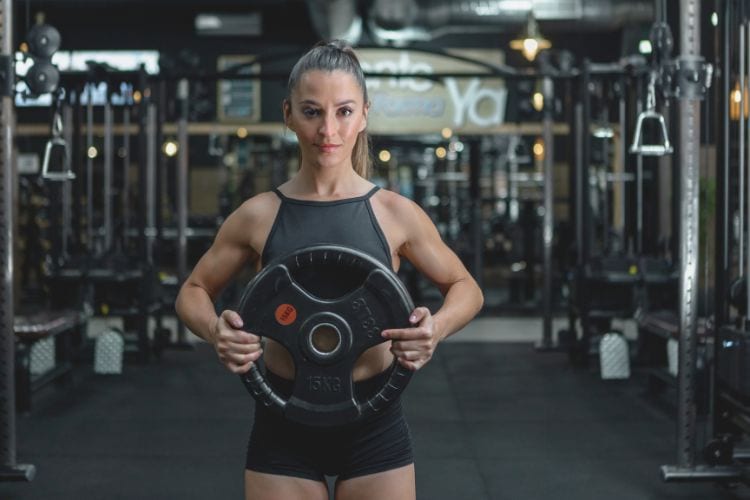
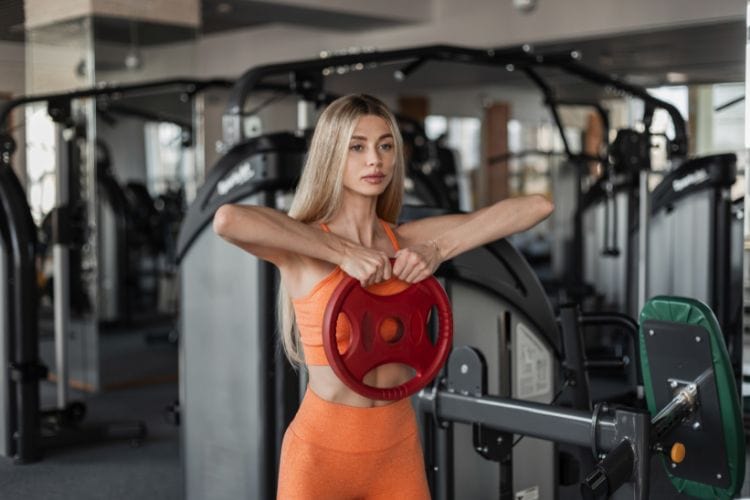
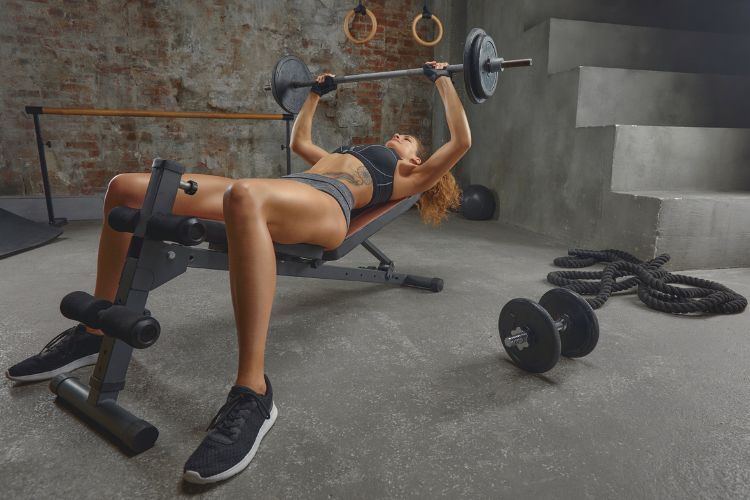
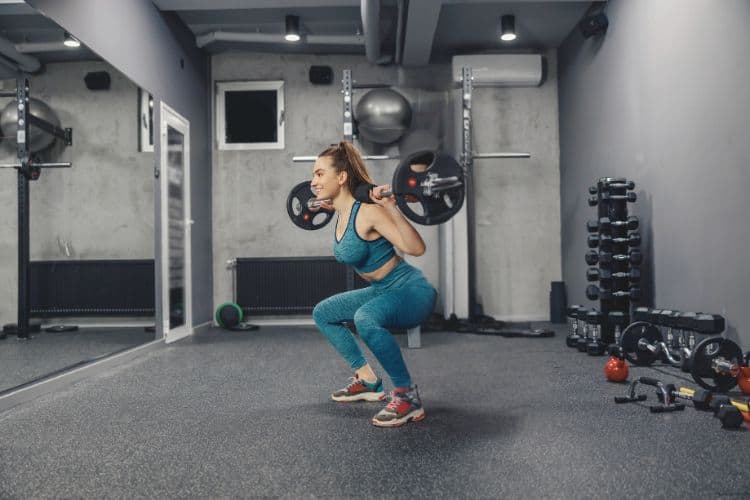
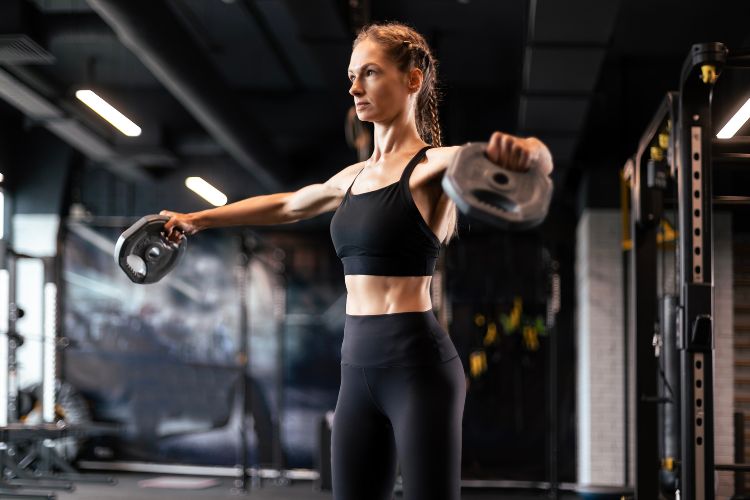
When it comes to upper body training, few combinations are as effective and synergistic as shoulder and tricep workouts. These muscle groups not only complement each other during pressing and pushing exercises but also contribute to broader shoulders, defined arms, and improved performance in sports, daily life, and other workouts.
Whether you’re aiming to sculpt your physique, boost upper-body strength, or enhance your functional fitness, incorporating structured shoulder and triceps routines into your regimen can deliver serious results. In this comprehensive guide, we’ll break down the best shoulder and tricep workouts, techniques, tips, and programming strategies.
Training shoulders and triceps together makes sense from a physiological and practical standpoint. Many compound upper-body movements, such as the overhead press and bench press, activate both muscle groups.
Combining shoulders and triceps in one session allows you to maximize time, reduce overlap across training days, and hit the upper body effectively without overtraining.
Stronger shoulders contribute to more stable triceps movements like dips and close-grip presses, while stronger triceps support heavier lifts for shoulder presses and overhead movements.
If you’re chasing a broader upper body and sleeve-stretching arms, focusing on your deltoids and triceps can dramatically change your physique.
Before diving into the workouts, let’s quickly understand the muscles we’re targeting.
The shoulder is made up of three heads:
To develop balanced, rounded shoulders, all three heads should be trained.
The triceps brachii is a three-headed muscle:
Training all three heads helps build size, strength, and definition in the back of your arms.
Below are several highly effective exercises categorized by muscle group. These exercises are suitable for gym-goers and home workouts using dumbbells, barbells, resistance bands, or bodyweight.
A classic compound movement that primarily targets the front and side delts while engaging the triceps.
How to do it:
Tip: Perform 3–4 sets of 8–10 reps.
This isolation move targets the lateral deltoid, helping to build shoulder width.
How to do it:
Tip: Use lighter weights and strict form for 12–15 reps.
Popularized by Arnold Schwarzenegger, this pressing variation hits all three deltoid heads.
How to do it:
Tip: Great for time-under-tension workouts. Go for 10–12 reps.
Focuses on the posterior deltoids, often undertrained in typical routines.
How to do it:
Tip: Aim for 3 sets of 12–15 reps to improve posture and balance.
A powerful bodyweight move that mimics the overhead press.
How to do it:
Tip: Perfect for at-home workouts. Try 3 sets of 8–10 reps.
A bodyweight staple that emphasizes the long head of the triceps.
How to do it:
Tip: Add weight for more challenge. Perform 3–4 sets of 10–12 reps.
Targets the long and lateral heads intensely.
How to do it:
Tip: Keep elbows tucked to isolate the triceps. 8–10 reps for strength.
Combines chest and triceps activation with heavier loads.
How to do it:
Tip: Focus on form to avoid shoulder strain. Do 4 sets of 6–8 reps.
Isolates the triceps for definition.
How to do it:
Tip: Light weights and high reps (12–15) for definition.
Great for targeting the long head.
How to do it:
Tip: Perform 3 sets of 10–12 reps. Keep your elbows close.
Here’s a sample gym-friendly push-day workout you can follow 1–2 times per week.
Warm-up (5–10 minutes): Arm circles, band pull-aparts, light push-ups
Workout:
Optional Finisher:
Cool-down: Stretch triceps, shoulders, and chest
No weights? No problem. Here’s an effective bodyweight workout you can do at home.
Stretch after workout: Arm across chest, overhead triceps stretch, wall shoulder opener
To maximize your results, it’s essential to train smart. Here are key tips to elevate your workouts.
Shoulders are prone to injury. Always prioritize form over weight. Keep the joints stable and avoid swinging movements.
Gradually increase the weight, reps, or time under tension weekly to continue seeing gains.
Shoulders and triceps are involved in many upper body lifts. Give them at least 48 hours of rest before working them again.
Change the angle of presses and extensions to stimulate different muscle fibers and avoid plateaus.
Warming up properly helps activate the muscles and improves range of motion. Stretching post-workout aids recovery and flexibility.
You don’t need a full gym to build impressive shoulders and triceps. Here’s what helps:
Don’t forget—muscle is built in the kitchen too. Pair your workouts with a proper nutrition plan:
Consider post-workout meals with protein and fast-digesting carbs for optimal recovery.
2 times per week is sufficient for most people, with at least 48 hours between sessions.
Yes, but since they’re often activated together, it’s efficient to train them in the same session.
Both have value. Compound moves build strength; isolation helps with detail and muscle activation.
With consistent training and proper nutrition, noticeable strength and size gains can appear within 4–8 weeks.
Training your shoulders and triceps together is a time-efficient, effective way to increase upper body strength, definition, and size. By using a smart mix of compound and isolation exercises, progressing your workouts weekly, and fueling your body with the right nutrients, you can sculpt a powerful upper body that looks and performs at its peak.
Start with the sample workouts in this guide, stay consistent, and you’ll see gains in both strength and aesthetics. Whether you’re lifting in a gym or working out at home, there’s a shoulder and tricep plan that will work for you.
Stay up to date on the latest women’s health, fitness and lifestyle trends and tips.